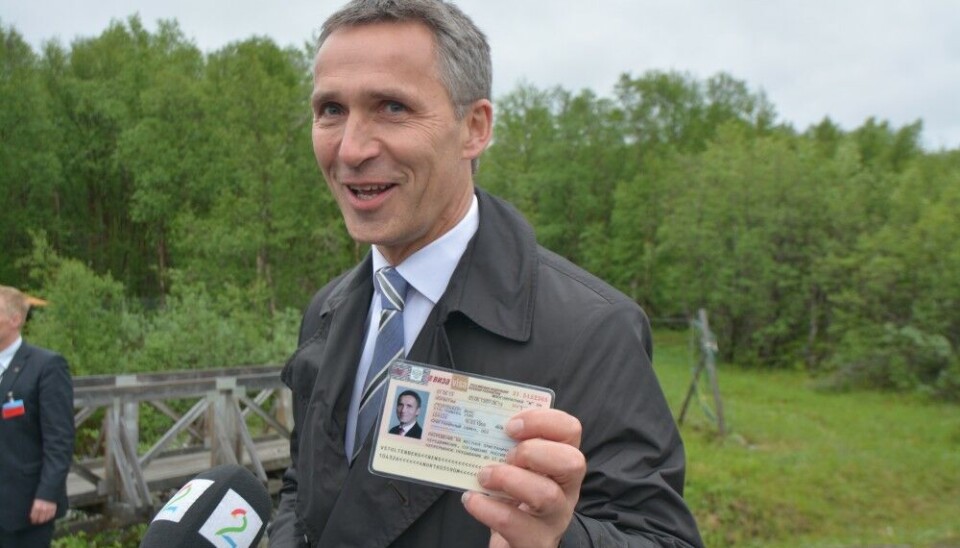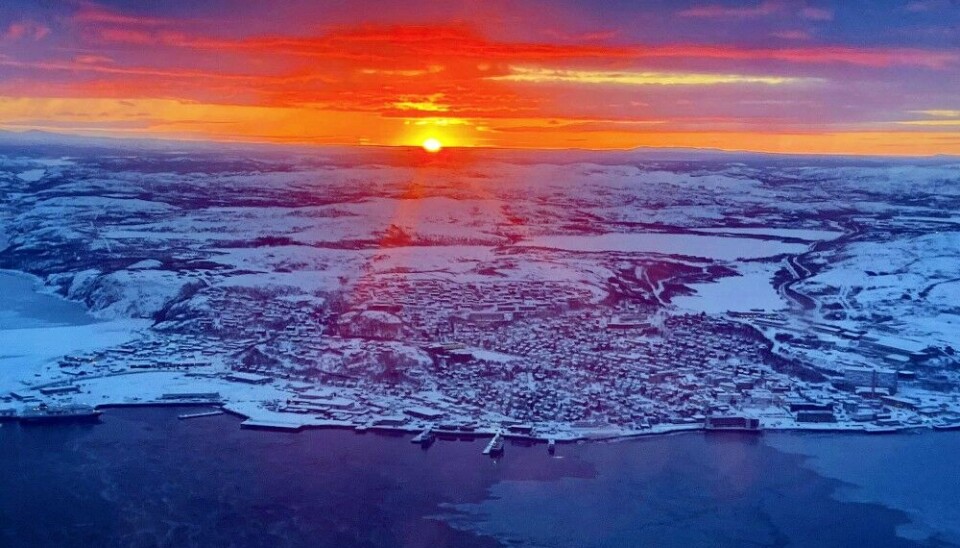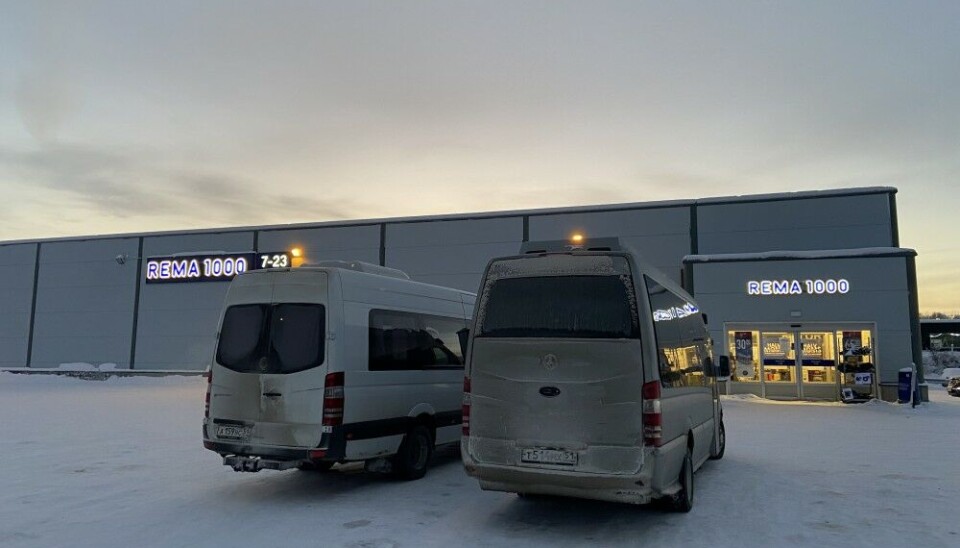
Norway "will not close the door." Continues visa-free agreement with Russian military stronghold
State Secretary Eivind Vad Petersson with the Foreign Ministry in Oslo does not want to exclude that better relations with Russia could come. Meanwhile, the agreement stipulating visa-free travel continues for the 30-kilometers zone in Pechenga which is home to two of the most brutal brigades the Kremlin has sent to the war against Ukraine.
“The development in Russia is now moving in an authoritarian and totalitarian direction. At the same time, Norway does not want to close the doors to possible developments in the future,” says State Secretary Eivind Vad Petersson to the Barents Observer.
Unlike other European nations, Norway is reluctant to do anything that could heighten bilateral tensions with Russian in the north.
“We have not taken the initiative to terminate bilateral agreements with Russia,” Petersson elaborates.
It was then-Foreign Minister Jonas Gahr Støre that on November 2nd 2010 signed the visa-free travel agreement with Sergei Lavrov making Norway the first Schengen-member state to have such arrangement with Russia. The agreement became active from 2013.
Poland had then already a year before opened for visa-free travel up to 50 kilometers from the border for people living in the Russian exclave Königsberg. The Polish arrangement, however, became short as Warsaw terminated the deal after Moscow annexed Crimea and started its war in eastern Ukraine in 2014.
In the north, Norway continued to welcome Russians without Schengen-visa from the Pechenga municipality.
The 30-kilometer zone is home to both the 200rd Motorized Rifle Brigade and the 61st Naval Infantry Brigade. The latter also known as the Kirkenes Brigade, named in honour of the Red Army’s liberation of the Norwegian border town from Nazi-German occupation in 1944.
Both brigades have since 2014 had soldiers and weapons in Ukraine. Since the all-out war in February 2022, thousands of soldiers from Russia’s northern border region with Norway are sent to battlefields.
Many are killed in action, especially from the 200th Motorized Rifle Brigade, as previously reported by the Barents Observer.
Extensive cooperation

Jens Stoltenberg was the first to symbolically get a certificate for visa-free travel. At the time, Stoltenberg was Prime Minister of Norway.
His usage of the ID-card was short. A walk across the border, some 200 meters, together with Dmitri Medvedev, who in 2013 was Russian Prime Minister. The two talked cross-border cooperation.
Locals in the border towns of Kirkenes, Nikel and Zapolyarny welcomed the agreement. Since then end of the Cold War, the inhabitants on both sides of the border had established a broad cooperation and the two near-border municipalities Sør-Varanger and Pechenga maintained a friendship agreement all until March this year.
“We cannot have friendship agreements with municipalities like Petsjenga when the Mayor over there drives around with a Z on his car,” said Magnus Mæland, Kirkenes Mayor, to the Barents Observer when the friendship deal was terminated.
“In Pechenga, Putin’s soldiers are being trained to fight in Ukraine. Enough is enough,” Mæland made clear.

The police in charge of passport control at Storskog checkpoint inform in an email that traffic across the Norwegian-Russian border was up 27% in March this year compared with February. Among them were 224 Norwegians travelling under the visa-free arrangement to the nearest local Russian border towns.
No Russians, however, entered Norway without visa.
Eivind Vad Petersson says it is only Norway’s consulate general in Murmansk that can process applications for border resident permits.
“Since the consulate general is temporarily closed, it is not possible to apply for border resident permits to Norway at the moment.”
Since 2022, Norway’s Storskog checkpoint has been the only land-border Schengen-Europe where Russian citizens with tourist visa can enter. Last year, Norway was last among Russia’s neighbours to ban private cars from entering and the ban first came after Finland put pressure on Oslo.
Minibuses with shoppers from the Kola Peninsula are not part of the ban and are welcomed across the border. The Barents Observer has previously documented how products bought in Kirkenes have ended up among Russian soldiers at the front in Ukraine.
The north Norwegian ports of Tromsø, Båtsfjord and Kirkenes are open for Russian fishing vessels.
















